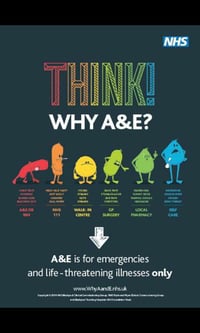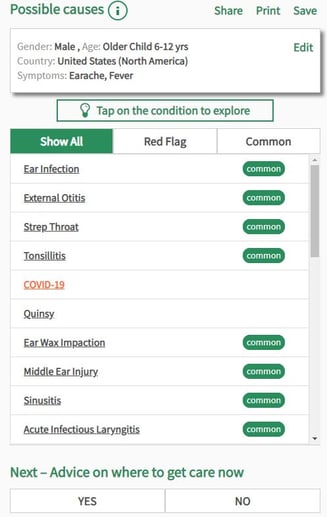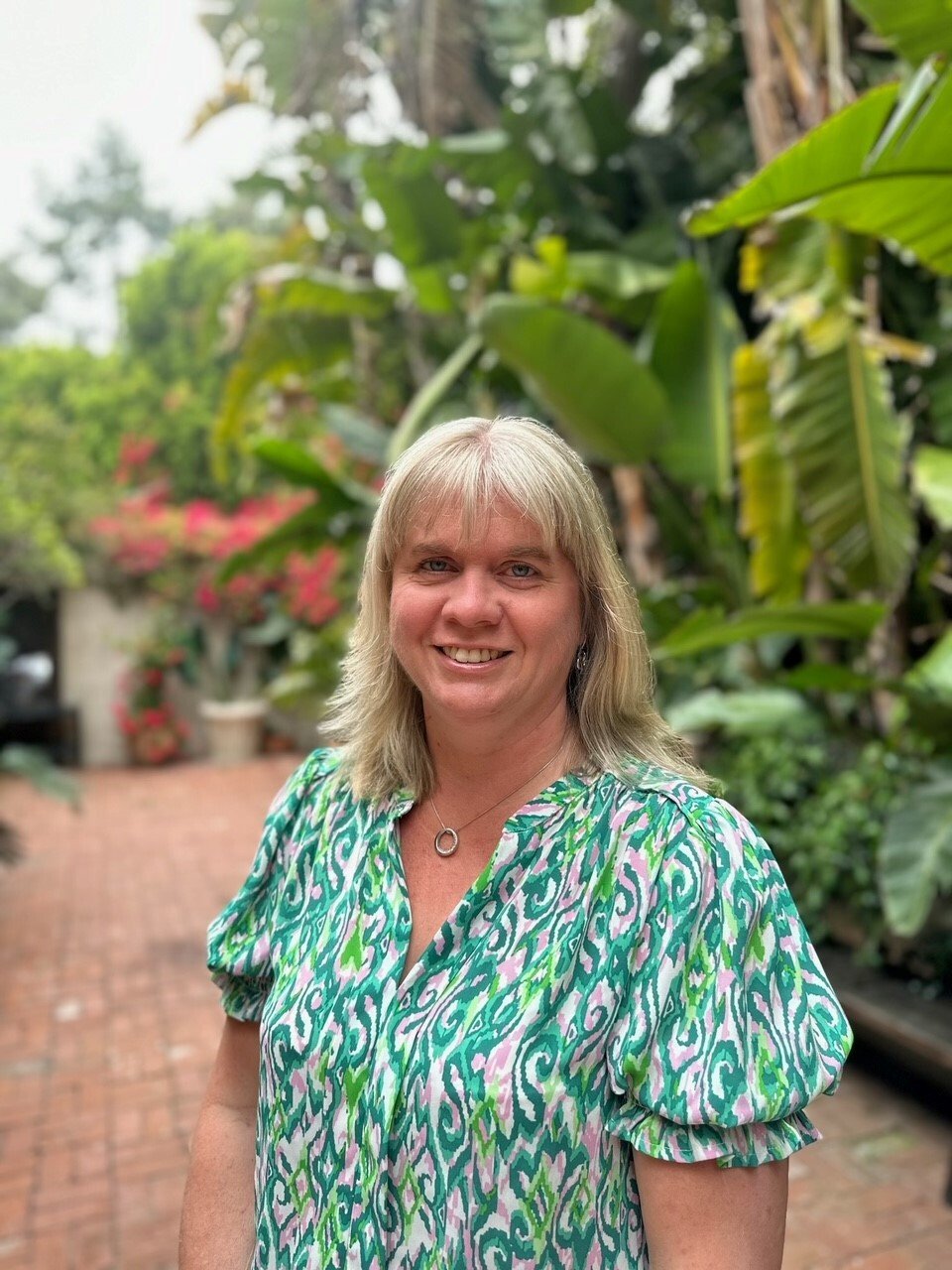- Privacy Policy
- Terms & Conditions
- Contact us
- ©Isabel Healthcare 2025
Where To Now? Triage tools and why A&E isn’t always the answer
 In recent years there has been much talk about waiting times in Emergency Rooms and Accident and Emergency. In the US, changes in the way healthcare is paid for means most hospitals do not want lots of people showing up inappropriately, and in the UK, there has been a 2.7% admission increase since last year. More patients and less staff means it’s extremely important to know where you can go to get the most appropriate help. The UK’s National Health Service (NHS) have even launched a campaign whyaande.nhs.uk to try and educate people on the different options available, and when each one is the best decision. The main categories the NHS offer are:
In recent years there has been much talk about waiting times in Emergency Rooms and Accident and Emergency. In the US, changes in the way healthcare is paid for means most hospitals do not want lots of people showing up inappropriately, and in the UK, there has been a 2.7% admission increase since last year. More patients and less staff means it’s extremely important to know where you can go to get the most appropriate help. The UK’s National Health Service (NHS) have even launched a campaign whyaande.nhs.uk to try and educate people on the different options available, and when each one is the best decision. The main categories the NHS offer are:
Self Care
This is recommended for ailments such as colds, fevers lasting no more than 48 hours and minor injuries like the grazed knee of your 7 year old.
Local Pharmacy
Pharmacies can actually do a lot more than most people realise. Not only do they organise and dispense prescriptions from your GP, they can also give confidential and informed advice on many issues, from bacterial infections to general wellbeing advice, like which vitamin supplement to get.
GP Surgery
Doctor’s surgeries are often the cause of a lot of frustration in the UK, with confusing appointment systems and weekday opening hours, meaning it can sometimes seem impossible to speak to anyone. However, GPs are perfect for symptoms that are not improving but are not an emergency. Rashes that haven’t disappeared, or a chesty cough that may need some help to get it on its way are perfect examples of when to book in an appointment with your GP. Get to know your surgery’s protocol, so you know exactly when is best to ring, and how you can easily book an appointment. For many repeat prescriptions, you may not even need to see a doctor, as a quick phonecall to make sure everything is ok could be all it takes.
Walk in/ Same day centres
Walk in centres are an excellent option to take advantage of, and are highly encouraged too. All too often what would be considered a minor injury in A&E gets pushed down the list in favour of more immediate problems, meaning your wait time could be over 4 hours long at the hospital, just because you couldn’t get an appointment at your GP. Walk in centres place themselves as at a level with GPs, and they are staffed by clinical nurse specialists who can diagnose and prescribe medication. You can expect a reduced waiting time, and a much calmer atmosphere most of the time. Some walk in centres even offer radiology centres, so that broken ankle could be checked out relatively quickly in comparison with A&E.
NHS 111
This is the number very few people remember when it’s important, and often call 999 instead, clogging up the lines for real emergency situations. NHS 111 is available 24/7 and is best used when a situation is serious, but not an emergency, and all the other options above have been thwarted. For example, it’s a bank holiday weekend and you are not sure whether your illness warrants an ambulance, but it’s pretty serious and cannot wait. The NHS 111 service can then direct you to the right place for your treatment, give you important information regarding your symptoms, book you an appointment with a GP or out of hours service, or, if they think you need an ambulance, they will immediately arrange for one to be sent to you.
A&E or 999
It’s at the bottom of the list because it is the last resort. As the website for ‘why A&E?’ says, A&E and dialling 999 is for “major, life-threatening illnesses and injuries” so avoiding it could save someone else’s life and save you time too.
The Isabel Triage Tool
Within the Isabel Symptom Checker there is a “Where To Now?” tool, helping people decide exactly that once they’ve input their symptoms. How important is your condition based on your symptoms and answers to some simple questions? Here’s an example of how this triage tool can help you choose your next step:
A 10 year old boy is suffering from earache, which has become progressively worse over the last few days, and he has now developed a fever. Running his symptoms through the symptom checker suggests he could have an ear infection:

Continuing on to the triage tool by selecting “next step” then asks 7 basic questions about the boy’s symptoms, such as how long he has had them and whether they have worsened. By answering these questions, the tool is able to come up with a suggested next step:

Using a gradient traffic light system, the tool is here saying that the boy should be seeking medical attention, as he is in the amber zone, heading into the red. A pharmacy or NHS 111 situation would not be enough in this case, as he could require a prescription to fight the infection, so a GP appointment that day, or a walk in centre if that is not possible, would be the preferable options in this instance.
If in doubt, put your symptoms through our symptom checker and triage tool, available on apple and android:

Mandy Tomlinson
Mandy has worked for Isabel Healthcare since 2000. Prior to this, she was a Senior Staff Nurse on the Pediatric Infectious disease ward and high dependency unit at one of London's top hospitals, St Mary’s in Paddington which is part of Imperial College Healthcare NHS Trust. Her experience in the healthcare industry for the past 33 years in both the UK and USA means she's a vital resource for our organization. Mandy currently lives and works in Scottsdale, Arizona.
Subscribe Here!
Recent Posts
Isabel DDx Companion with ChatGPT Integration - to help you diagnose even faster
At Isabel Healthcare, we’ve always been driven by one goal: to make clinical reasoning faster,..Virtual Triage: Do more questions lead to better patient outcomes?
One of the common misconceptions related to virtual triage / symptom checker tools is that the more..List Of Categories
- Differential Diagnosis Decision Support
- Differential diagnosis
- Symptom Checker
- Symptoms
- Medical Error
- Patient Disease Information
- Disease
- Clinical Decision Support
- Diagnostic Decision Support
- Isabel 1 Minute Read
- Diagnosis Error
- Diagnosis Skills Cases
- Healthcare Informatics
- Clinical Reasoning
- Evidence-based Medicine
- Medical Education
- Patient Engagement
- Symptom Triage
- Nurse Practitioner Education
- Nursing Decision Support
- Partnership
- Public Health
- COVID-19
- EHR
- Patient Empowerment
- Patient Safety
- rare disease

Start your FREE Trial today
Try the Isabel Pro DDx generator for 30-days - no payment card details required.




